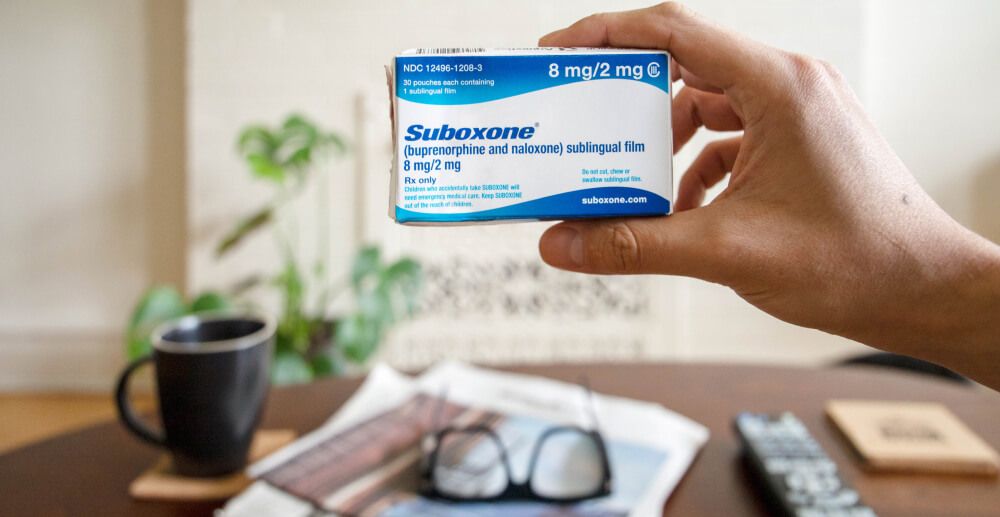Telemedicine for addiction treatment is the use of digital therapies for substance use disorder. Each of these programs vary in terms of recovery goals, support available, and personalized treatment. You can read more about telemedicine in our blog How Telemedicine for Addiction Treatment Works.
The advancement of addiction treatment services, from in-person treatment to the emergence of digital therapeutics, has been a much-needed response to social distancing requirements. An added benefit is that recovery is now more accessible than ever, from the comfort of your own home. But just how effective is telemedicine treatment versus in-person treatment?
Telemedicine versus in person addiction treatment
There is a wealth of evidence that supports the effectiveness of medication-assisted treatment (MAT), and emerging research to support the use of telemedicine to deliver addiction treatment. We’ve covered the details below.
Research in support of MAT
The effectiveness of medication-assisted treatment is supported in numerous studies. Specifically, this treatment approach:
- Decreases illicit opioid use and other criminal activities among people with substance use disorders
- Improves patient survival
- Increases retention in treatment
- Increases patients’ ability to gain and maintain employment
- Improves birth outcomes among pregnant women with substance use disorders
Ultimately, MAT is a far more successful treatment of opioid use disorder than traditional alternatives, resulting in less likelihood of overdoses.
Telemedicine for addiction treatment
Research shows that the use of telemedicine technologies—texting, videoconferencing, mobile apps, web-based supports such as reminders and courses, telephone supports, and the use of virtual interaction—demonstrated better outcomes compared to traditional care.
Studies assessing the clinical impacts of addiction treatment via telemedicine found that telemedicine can be associated with:
- Improved treatment retention compared with in-person treatment
- Increased access to MAT medicines
- Patients staying in treatment and engaging in therapy
- Improved physical and mental health
- Reduced drug use, hospitalizations, and mortality
While there is substantial evidence to support MAT, telemedicine, and the use of telemedicine to treat substance use disorders, there are also some limitations to telemedicine for addiction treatment. For example, the majority of platforms don’t focus on the goal of the individual. Most of those one-size-fits-all goals focus on abstinence only, even though evidence unequivocally shows that medication-assisted treatment is a successful pathway of recovery for opioid use disorder.
We’re aware of these limitations. That’s why we developed the Workit Health model of addiction treatment to deliver personalized psychotherapy to individuals in varying stages of opioid use disorder. We know that psychotherapy is a generally effective addition to MAT, especially if the approaches are tailored and flexible. In addition to the online curriculum, Workit counselors provide real-time support through text messaging, video calls, or phone calls. Our counselors are thoroughly trained in evidence-based counseling modalities.
Using this model, our most recent study demonstrated improved clinical outcomes over traditional care models. Specifically, we found that Workit provides these benefits:
- It reaches a diverse population across a wide range of ages, genders, geographic locations, and socioeconomic backgrounds.
- Patients are more likely to remain in our program because Workit overcomes many barriers to care.
- Patients quickly reduce the use of their substance of choice.
- Workit’s harm reduction model leads to a higher rate of truthful self-reports of use.
- Workit members rarely leave our offering for other providers of methods of care.
- Workit members report an improvement in quality of life.








